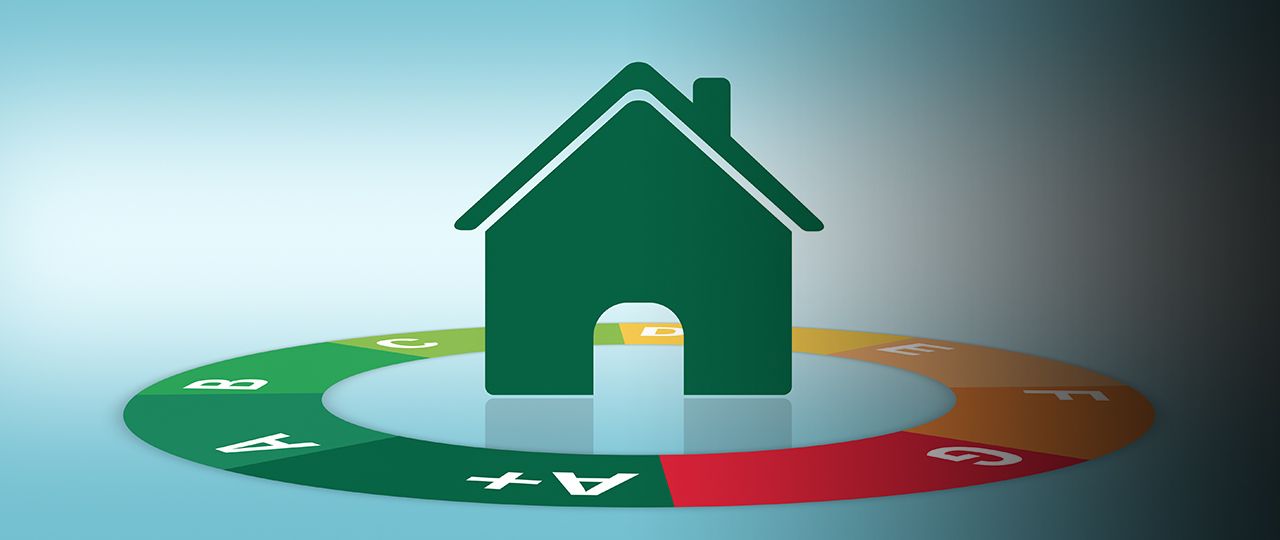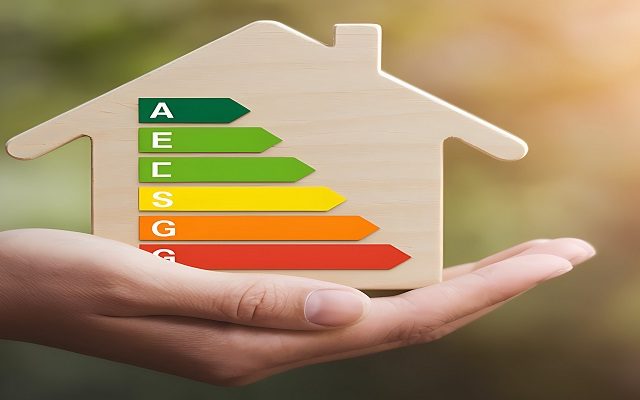Improving your property’s EPC rating
New technologies are emerging which offer home owners significant energy performance improvements at an affordable price
Growing public awareness about the need to tackle climate change, along with the recent introduction of the Minimum Energy Efficiency Standards (MEES) regulations, is focusing people’s minds on the energy performance of residential property.
MEES regulations prevent landlords from granting a lease to a new or existing tenant on properties with an Energy Performance Certificate (EPC) below an E grade, so landlords now have a clear incentive to carry out improvements to poorer-performing properties.
A good EPC rating can also make a property more attractive in the eyes of any potential buyers keen to do their bit for the environment and cut their energy bills.
The traditional ‘solutions’ for improving the energy efficiency of a house tend to include measures such as adding roof or wall insulation, replacing windows and doors and upgrading the boiler to a more efficient model.
But new technologies are emerging which offer home owners significant energy performance improvements at an affordable price – and may be a better option than these older alternatives.
High retention storage heaters
One such technology is high retention storage heaters which are more advanced versions of traditional electric storage heaters and are able to store heat for much longer and release it in a more controlled way.
In the right circumstances, such heaters can be a more efficient way to raise an EPC rating than installing gas central heating.
Solar assisted heat pumps
Another interesting development comes in the form of solar assisted heat pumps, which use a thermodynamic panel to pick up ambient heat from the air, which is then used to produce hot water.
The thermodynamic panels are about the size of a door and because they absorb heat, rather than sunlight, do not need be south facing. In fact, the panels can be fitted to the side of a building which makes them less visually intrusive than on-roof solar panels and gives far more flexibility in terms of their positioning.
Both these technologies score extremely well within the RdSAp software used by assessors to carry out an EPC assessment and their use can be a better route to reaching minimum standards than some of the alternatives.
However, some assessors are failing to include such technologies in the list of recommendations they put forward when detailing the measures which could be implemented to improve the energy efficiency of an individual property.
This is despite heat retention storage heaters having the potential to raise an EPC rating by one or two levels on their own.
In our experience, many assessors do not probe the technology database offered within the EPC software as fully as they should, instead relying on the first list of measures the software produces, which tend to be focused on more traditional options like installing insulation.
Our advice is always to engage a quality EPC assessor, who has the knowledge to find the best options contained within the EPC software by digging deeply through the different categories on offer. Not all EPC assessments are the same and buying on price can mean that some useful and cost-effective technologies will get overlooked.
For more advice on meeting MEES requirements and new technologies emerging in the energy sector contact a member of the Energy Team.






